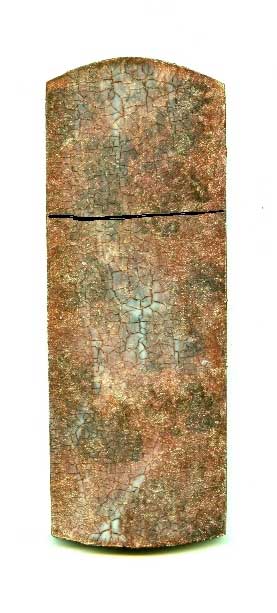Question
What is the difference between a waterborne lacquer and a waterborne polyurethane? I now spray Kem Aqua waterborne lacquer.
Forum Responses
From contributor P:
I have been hard pressed to ascertain if there is any difference. Waterbornes don't fit into any of the traditional finish categories, ie varnish, poly or lacquer, so to say that a waterbased lacquer is different than a waterbased poly is misleading. The folks in marketing are once again trying to pull a fast one on us.
Bob Niemeyer, forum technical advisor
Waterbased technology has taken a quantum leap within the last few years. Some latexes that are called waterbased lacquers are being replaced with polyurethane dispersions that self cross link chemically on drying and give an almost solvent based quality finish.
The world of coatings is complex and there are exceptions to every rule. You have to talk to an expert if you have specific needs or requirements.
A qualifying waterborne lacquer will exhibit good to excellent clarity, good to excellent chemical resistance and a high degree of burn-in, or remulsifying capabilities when layered upon itself, or upon a coating that will allow the solvent structure of this film to chemically attach itself to the wb lacquer, much like a solvent-based lacquer. Generally, an acrylic system is used to create this film-forming agent due to their ability to remulsify into themselves when the appropriate co-solvents are used to promote platicization and coalescing.
A waterborne polyurethane is either a composition of acrylic and urethane resins blended together to create a specific film-forming agent that is designed to meet a wide range of physical specifications, or depending on the overall requirements of the film properties and the intended use, can be a pure wb urethane based on polyester or polycarbonate resins. These systems are often used for wood floor applications or other architectural applications that demand extreme hardness. WB polyurethanes qualify in the marketing arena as "polyurethanes" due to their progressive film-forming nature and overall toughness. Due to the high costs of pure polyester/carbonate WB resins, acrylics are added to lower the cost so as to meet certain marketing requirements. First and second generation "polycylics" required an external cross-linker to toughen up the final film formation. Now, self cross-linking resins are being used that allow for the carboxyl ring to close on its own without the use of external agents.
I would like to ask each of you to set up a 1.5 million dollar manufacturing facility and begin to produce and market a complete line of coatings that are properly labeled as: Self Cross-Linking Copolymer Acrylic Remulsifying Hybrid Emulsion Film Forming Agents. See if any of your potential customers ask you "So what the hell is this stuff?" Your response will be "It's a waterborne lacquer, and it will blow the doors off of any nitrocellulose system that you have ever caught a buzz off of."
Pundits openly carp that "If it's not cellulose based, it's not a lacquer". From an extremely conservative point of view they might be right. But if you take into consideration the generational development and engineering aspects of any technology, the sophistication of a system will grow and develop, whereas the terminology will often lag behind.
Comment from contributor A:
Generally in the world of coatings, a polyurethane is specific to the type of resin. A lacquer is a marketing term for a clear varnish, coating, etc.
